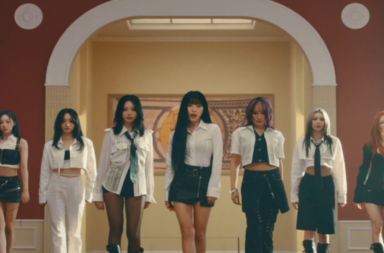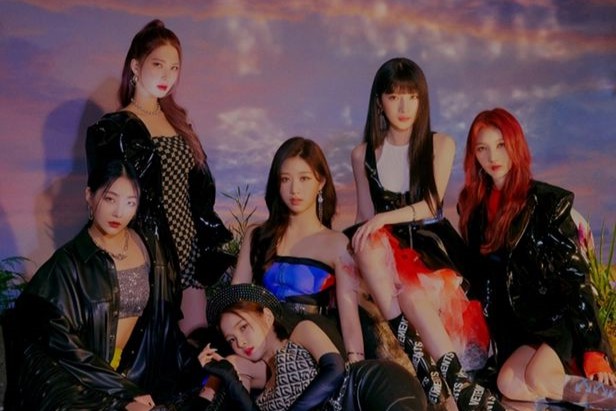
It has been over two years since the start of the COVID-19 pandemic, and the world has changed immensely after the initial outbreak. While several sections of the cultural and performing arts field have been brought to a standstill, the influence of Hallyu has continued to expand as countless numbers of people have turned to K-pop for comfort and entertainment to combat stress. However, despite the industry’s remarkable growth and development amid the pandemic, the fate of lesser-known acts have only gotten more and more precarious.
This past July, MAJOR9 announced the disbandment of their girl group Bling Bling, only about a year and a half after their debut. Other acts that have recently gone their separate ways include Hot Issue and Lunarsolar whose disbandments were announced in May and April respectively. These names, though, are just the tip of the iceberg of an ever-growing list of K-pop groups that have broken up since the pandemic started. A great deal on the list came from small or medium-sized companies who had yet to gain the spotlight and were thus unable to utilize online platforms like more established groups have done.
Before the pandemic hit, one of the most profitable ways for K-pop groups and musicians in general was live performances. For devoted fans, being able to listen to music live from their favorite artists is a special and exciting experience with numerous even having their mood increase by five times after attending a live event according to a global study conducted by Live Nation.

Concerts and music festivals especially are popular occasions for artists to perform live. This includes not only large, notable events like KCON or Dream Concert, but also local cultural festivals such as C-Festival and Gangnam Festival. In these types of fairs, appearances by K-pop artists are significant in attracting foreign tourists to local areas. Moreover, idols are frequently called on for more normal promotional purposes, performing at events where admission is free. For example, ticket holders for the 2019 K-pop Artist Festival located in Seoul Land received free entry to the amusement park and were able to enjoy its diverse attractions in addition to the festival with the performing lineup including various artists from small and medium-sized companies such as Hotshot, TRCNG, and JBJ95. The 2019 K-pop Together Festival, held in Lewisville, Texas, is also a good illustration of this, being sponsored by a number of organizations including Macy’s, American Airlines, and Zion Market as well as featuring two girl groups Chic Angel and Weki Meki.
Besides these music and cultural events, university festivals are known to generate a lot of buzz and are quite lucrative for participating performers. The first semester of the academic year in Korea takes place during spring, and May is typically when students have just concluded their midterm exams and are preparing for finals. As a way to help relieve stress and promote school spirit, Korean universities hold festivals where students can enjoy food booths, exhibitions, and performances from different student clubs.
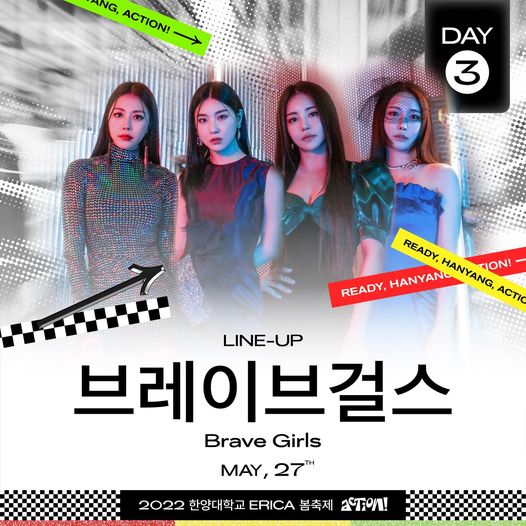
And for further entertainment, the schools generally host their own concerts and invite several celebrities to take the stage. Some university concerts, such as Hanyang University’s 2022 festival lineup, are star-studded with popular names like Psy, Zico, and Aespa. Joining the event was Brave Girls who, after being revealed as the hidden artist for the last day of the festival, performed to an enthusiastic crowd at the ERICA campus. The group also received a lot of love from festivalgoers at Kyungil University. In similar fashion, STAYC, who are from a smaller company as well, made an appearance at Sungkyunkwan University’s festival alongside headliner Winner and even got to perform as the main act at KOREATECH University’s festival.
Creating such a large event can cost over 100 million won with more than 30 million won being needed to request extremely sought-after singers. What’s more, although the talent fee for less established artists is lower, it is still fairly high with most idol groups receiving around 20 million won.
When talking about regular concerts, with concert ticket prices having steadily increased during the past few decades, these shows are also immensely lucrative for artists. In the present day, the average price to attend concerts in North America is around a high range of $80 to $90 USD, not to mention merchandise and VIP package sales. Furthermore, as K-pop is now being consumed more in foreign countries than in Korea, numerous groups from smaller agencies are actually more popular overseas than in their home country. Consequently, touring internationally has become especially important for these kinds of idol groups.
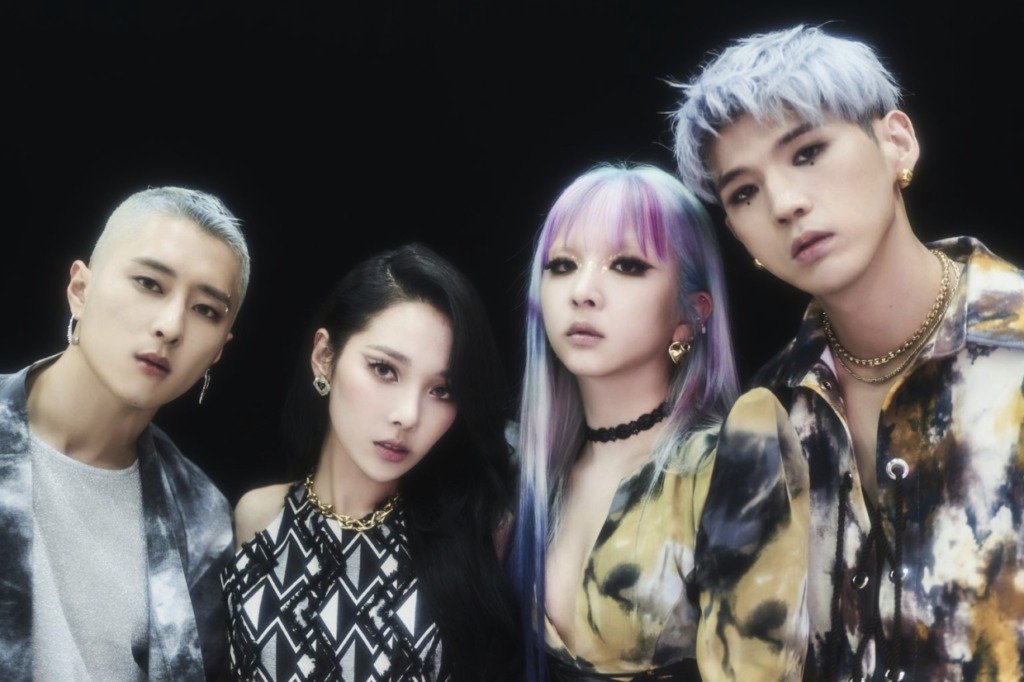
One example is KARD who first started touring in May 2017, a couple of months before the quartet even officially debuted. All of the tickets for their first concert tour were sold out, proving their massive popularity overseas. Ever since, the group has consistently held a number of overseas performances up till the start of the pandemic. Another group that comes to mind is Dreamcatcher whose rock sound and horror concept garnered them vast recognition among global K-pop fans with their fandom continuously growing throughout the years. They went on three concert tours before attaining their first Korean music show win on Show Champion for their single “Maison.”
These practices, needless to say, were no longer feasible as COVID-19 cases escalated. With nearly all in-person events called off, rookie groups could not interact with fans and struggle to make their names known. Larger companies such as SM Entertainment and Big Hit Music were able to use their own platforms to conduct virtual concerts for their artists, many of which have already had multiple opportunities to foster a stable international fandom. In comparison, those without a considerable amount of overseas fans found it improbable to make a profit with online concerts.
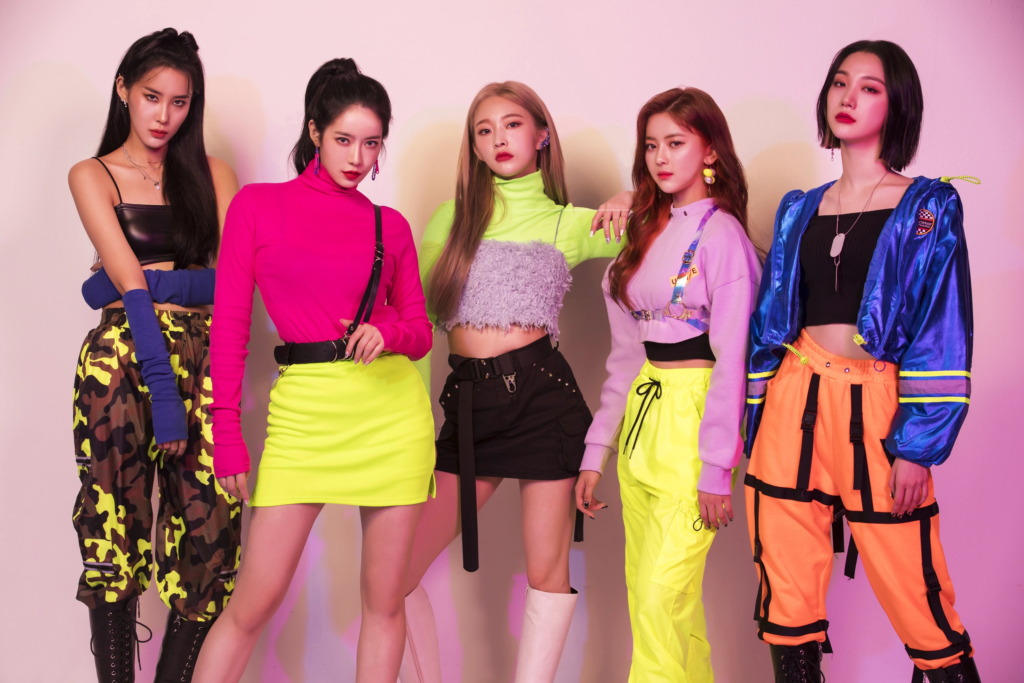
As such, smaller entertainment agencies have taken a harsh hit financially. It was reported that more than 30 different companies closed down just in the first six months of the pandemic. Quite a few acts that debuted in 2020 and 2021, during the height of the pandemic, have since disbanded. Even promising groups like Hinapia, who had four former Pristin members, were unable to continue promoting. The group debuted in late 2019 with the single “Drip” and showed great potential. OSR Entertainment was initially looking to release Hinapia’s second album in March 2020, not knowing that this would be the same month the COVID-19 pandemic would officially be declared. Operations spiraled downward from there and five months later in August, just nine months after the quintet’s formation, Hinapia’s disbandment was announced.
Other groups under companies that have managed to hold out during the COVID-19 waves are more often than not stuck in indefinite hiatuses instead if they have not broken up. For Bvndit, it took two years to see them make their long-awaited return with “Venom.” During the group’s hiatus, member Seungeun appeared on Mnet’s survival show Girls Planet 999 along with other debuted idols who mentioned the pressure and negative impact that COVID-19 brought to their teams.
With the worst stages of the pandemic seemingly behind us, South Korea has been relaxing on most COVID-19-related constraints. The cheerful festival season returned earlier this year, and multiple artists have resumed their concert tour plans. Though it may be too early to predict the end of the pandemic, society appears to be gaining a sense of normalcy bit by bit. Hopefully, the revival of in-person events will be able to get smaller music labels and artists back on their feet again.
(UNESCO. The Diplomat. Rolling Stone. Live Nation. Edaily. The Dallas Morning News. NBNTV. JoongAng Ilbo [1] [2] [3]. Bloomberg. Top Star News. News Naver. Top Daily. NME. Reuters. Images via MAJOR9, Global Contents, Hanyang University, DSP Media, OSR Entertainment.)
